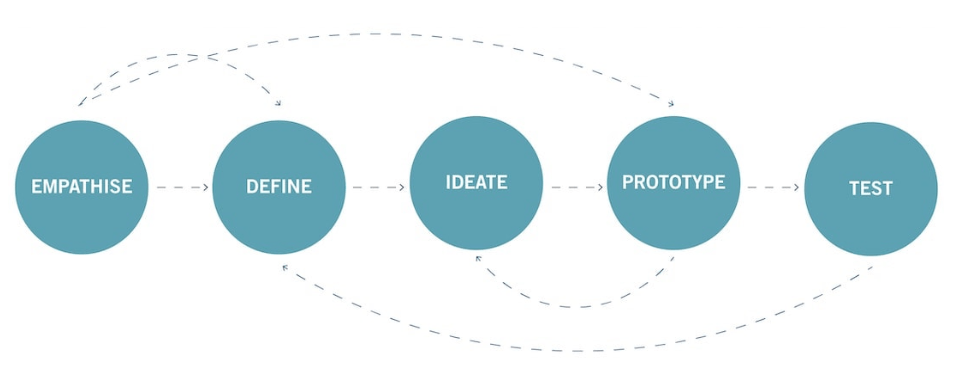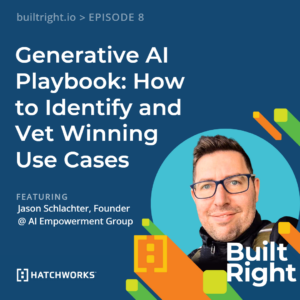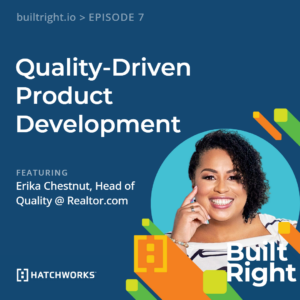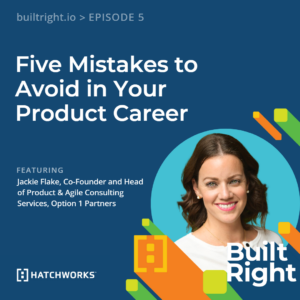In the midst of ever-changing product expectations, User Experience research is a critical step in validating that a Product team’s concepts are on the right track.
It not only fosters alignment between an idea and the reality of what your users actually want and need, but UX research also allows teams to fail early and adapt before large sums of time and money are spent on implementation.

In the midst of ever-changing product expectations, User Experience research is a critical step in validating that a Product team’s concepts are on the right track.
It not only fosters alignment between an idea and the reality of what your users actually want and need, but UX research also allows teams to fail early and adapt before large sums of time and money are spent on implementation.
But before diving headfirst into user interviews, it’s important to define a solid foundation so that the process runs smoothly.
Know Your User
Structuring UX research is first and foremost about clearly defining the target user of your product. Of course, there can be more than one target user in your orbit.
In general, try to unpack the psyche of those who will have the perspective you need to make informed decisions.
- What are their tendencies?
- How and where do they interact with your product?
- What motivates them?
At this stage, it’s important to think critically and explore as many factors about your ideal user(s) as possible. Never assume “you just know” your user.
In practice, having your target user(s) defined upfront will help your team form more relevant UX research studies. For example, “Let’s put concepts X and Y in front of persona Z because those concepts present features that will resonate with their needs.”
Get Buy-in
Setting a solid research foundation is also about internal alignment, transparency, and dialogue. Be sure to involve stakeholders and decision-makers from all competencies of your business in open, formative conversations around the goals and intention of the research.
The input and perspective you gather here will ensure that you have a clear picture of organizational goals and expectations. This dialogue is also an opportunity to garner internal buy-in, support, and an overarching appetite for the research outcomes, which will add tremendous momentum and help ensure a successful study.
Align and Focus on Your Research Goals
Once your target user is defined and internal buy-in is established, your team must set a narrow focus on exactly what will be tested and explored during the research sessions. This is necessary in order to run efficiently and get optimal feedback.
Your team must understand the relationship between your research goals and the flow of the questions in your discussion guide. Interview sessions can (and often do) fly off the rails. Having a firm grasp on goals will help your team improvise and naturally steer the respondent back to providing valuable insight.
While the goals and scope of UX research can vary greatly depending on the maturity of a product, your team should always be grounded in keeping it simple, maintaining focus, and taking one step at a time.
Keep your UX research goals within the realm of what you can realistically assess and accomplish at your current state.
Also, be prepared to do it again and again…and again. UX research is never “one-and-done”. It is fluid and ongoing. Gather findings, analyze and learn, then adapt and expand your approach accordingly in the next study.

So, what do you do with all of the valuable data from your research?
Tips for Organizing Your UX Research Data
- Before research even begins, teams should take time to choose and/or build their own model for organizing and analyzing user input. This can be as simple as using shared documents and spreadsheets, or more robust applications such as Airtable and Miro. It’s really up to the team’s comfort level.
- Teams should also test-run their process with generic data to ensure everyone is on the same page. For example, if a team decides to use mind mapping to organize user input, make sure everyone agrees upon what constitutes a core concept, a branch, and a sub-branch.
- Time is of the essence! Debrief and begin analyzing user input immediately after each interview. Having the interview fresh in your mind will ensure a quicker, more fluid analysis.
Summary
When defining your user experience research process, remember to clearly define your product’s target user(s), seek organizational buy-in for your research goals, and set a narrow focus on what will be tested. Your research has the potential to validate your product concepts as long as you establish a solid foundation for a smooth process that can be repeated and iterated upon.
Do You Need Help with UX Research?
Our experts can help you define and execute a comprehensive UX research study to validate and build confidence that your product is on the right track.
No matter what phase you are at in your software solution journey, HatchWorks can help you accelerate your path to success.



